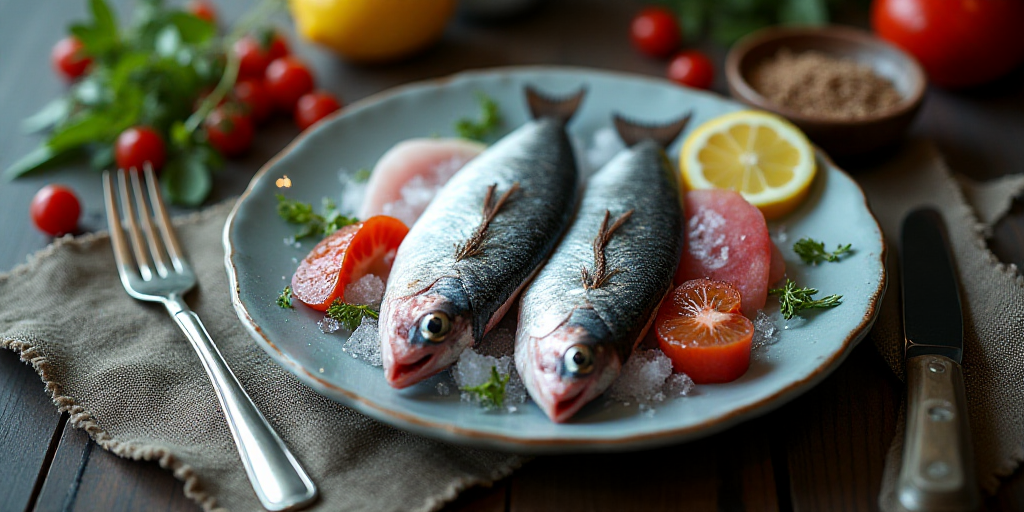Introduction
Mexico boasts over 11,000 kilometers of coastline and a maritime economic zone that spans more than three times the country’s land area. This vastness translates into an extraordinary marine biodiversity, with hundreds of fish, shellfish, and crustacean species inhabiting its waters. However, despite the nearly 300 edible marine species captured or cultivated in Mexico, only five are regularly consumed: snapper, robalo, tuna, grouper, and shrimp.
The Crisis of Overexploited Fisheries
This preference in consumption has contributed to an alarming crisis. According to IMCO data, in 2000, 69% of Mexican fisheries were at their limit; by 2023, this figure rose to 84%. Luis Bourillón, a marine biologist and spokesperson for the Mexican Council for Promotion of Fish Consumption (COMEPESCA), warns that “when a resource is depleted, it collapses the economy of fishing communities that depend on it.”
Initiatives for Sustainable Seafood Consumption
In response to this reality, initiatives like Pesca con Futuro, led by COMEPESCA, promote the consumption of sustainable species and recognize projects that protect the sea. Currently, over 70 fisheries and aquaculture operations have achieved international certifications and good practices.
The Verdillo: From Undervalued to Star Ingredient
One emblematic case is that of the verdillo, a Pacific cabrilla species that was historically sold at a lower price than recycled plastic. Thanks to the collaborative efforts of producers, chefs, and COMEPESCA, verdillo is now a high-quality, affordable option that adds variety to menus without compromising sustainability.
Salmon vs. Mexican Trout: A Sustainable Choice
Another example for reflection is imported salmon, whose consumption in Mexico has grown exponentially. Originating from Chile or Norway, salmon has a high carbon footprint and doesn’t contribute to the national economy. In contrast, Mexican farmed trout—a close relative of salmon—represents a more sustainable, accessible alternative with similar nutritional properties.
Transparency and Responsibility: Ensuring Sustainable Seafood
A constant challenge is ensuring traceability. In most restaurants, if a diner inquires about the origin of their fish or shellfish, the answer is usually vague or nonexistent. COMEPESCA works with chef collectives and kitchen staff to train them in communicating the value of the products they serve.
Key Questions and Answers
- What is the issue? Mexico has abundant marine biodiversity, but only five species are regularly consumed, leading to overexploited fisheries.
- What is COMEPESCA’s initiative? Pesca con Futuro promotes sustainable seafood consumption and recognizes responsible fishing projects.
- What is the verdillo case? Once undervalued, verdillo is now a high-quality, affordable option thanks to collaborative efforts between producers, chefs, and COMEPESCA.
- Why choose Mexican trout over imported salmon? Mexican farmed trout is a more sustainable, locally-supported alternative with similar nutritional properties.
- How does traceability work? COMEPESCA trains chefs and kitchen staff to communicate the value of sustainably-sourced seafood.






